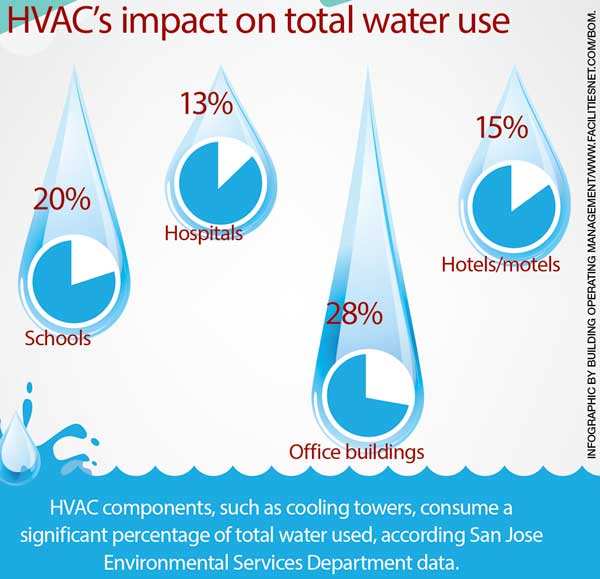Getting Your Home Ready For Heat Pump Installation: An In-Depth Checklist
Getting Your Home Ready For Heat Pump Installation: An In-Depth Checklist
Blog Article
Post Produced By-Brun Hyldgaard
Before diving into the installation process, it's necessary to guarantee your home is ready for the upcoming heatpump installment. From decluttering the area to checking electric compatibility and air flow, each action plays a crucial function in the effective setup of your new system. By meticulously preparing your home, you pave the way for a smooth installment experience and reliable performance of your heatpump. However what various other key factors to consider should you remember to assure a problem-free process?
Clearing the Installment Area
Have you prepared the setup location for your heat pump? Prior to the installation process begins, it's essential to ensure that the area where your heat pump will be set up is clear and ready for the professionals to function successfully.
Begin by eliminating any kind of barriers or mess near the designated spot for the heat pump. See to it that there suffices area around the unit for correct air flow and maintenance accessibility. Clear away any particles, plants, or furniture that can obstruct the setup process or hinder the heatpump's efficiency.
Furthermore, look for any prospective hazards such as looming branches or frameworks that might interfere with the heat pump's operation.
It's essential to develop a secure and unhampered setting for the setup team to work in. By putting in the time to remove the installment location in advance, you can help make sure a smooth and effective heatpump installation procedure.
Monitoring Electric Compatibility
To make sure a successful heat pump installment, it's crucial to inspect the electrical compatibility of your marked installment location. Begin by making certain that your electrical panel has the ability to sustain the brand-new heat pump. Check if there suffice readily available circuit breakers and adequate amperage to take care of the added tons. If required, talk to hvac christchurch certified electrical expert to analyze and upgrade your electrical system.
Next off, verify if the voltage requirements of the heat pump match your home's electrical supply. Many heat pumps operate conventional home voltage, yet it's essential to confirm this to avoid any kind of electrical issues during setup. Furthermore, make sure that the electrical wiring in your house is in good condition and meets the requirements described by the heat pump supplier.
Finally, consider the place of the closest source of power to the outdoor system of the heat pump. It should be accessible for very easy connection without the demand for considerable electrical wiring. By resolving these electrical compatibility elements beforehand, you can ensure a smooth and successful heat pump installment process.
Ensuring Correct Air Flow
For optimal performance and effectiveness of your heatpump, guaranteeing correct ventilation is crucial. Ample air flow permits the heatpump to function efficiently by giving the needed air movement for warm exchange processes. Before installation, make certain that the location where the heat pump will certainly be positioned has ample air flow to stop overheating and make certain proper air flow.
Clear https://www.facilitiesnet.com/hvac/tip/Portable-Air-Conditioners-Recalled-Due-to-Fire-Hazard--49273 of blockages around the device to permit unrestricted airflow, which is vital for the heat pump to run efficiently.
In addition to the space around the heatpump, consider the total air flow in your home. Good ventilation throughout your house helps distribute conditioned air efficiently, making sure constant temperature levels and taking full advantage of power cost savings. Correct air flow also assists preserve interior air top quality by lowering pollutants and moisture accumulation.
Throughout the setup procedure, talk to your heating and cooling technician to validate that the air flow needs for your specific heat pump version are satisfied. By prioritizing air flow, you can improve the efficiency and long life of your heatpump system.
Conclusion
Now that you have actually cleared the installation area, inspected electric compatibility, and ensured appropriate ventilation, your home is ready for an effective heatpump installation. By following this comprehensive list, you have actually created a secure and conducive environment for the new heatpump to operate effectively. Bear in mind to consult with professionals if needed and appreciate the advantages of a much more comfy and energy-efficient home.
